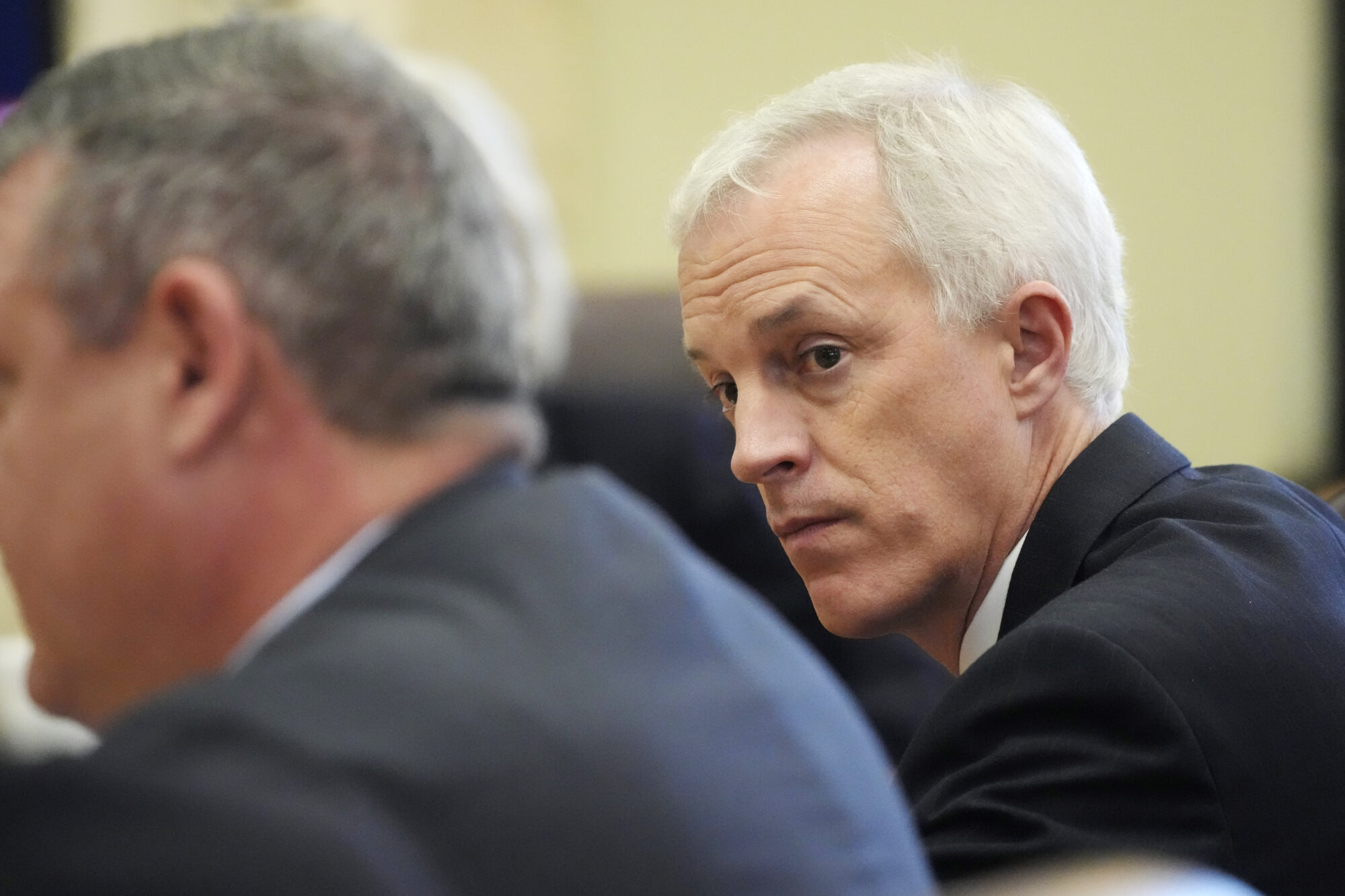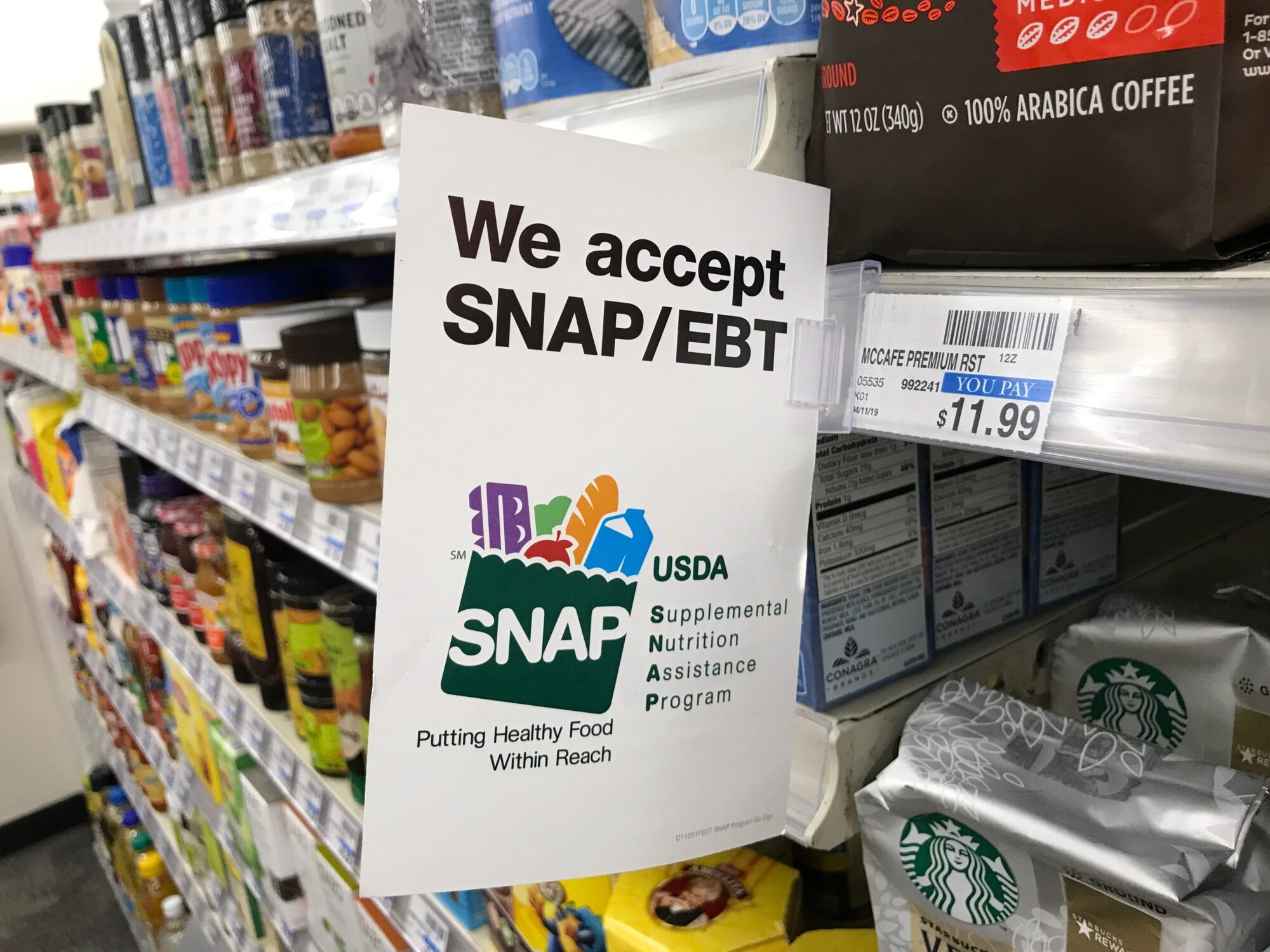
Graduating from high school, obtaining employment, and getting married before having children is still the best path out of poverty.
By: Brett Kittredge, Director of Marketing and Communications for Mississippi Center for Public Policy.
A recent essay in the New York Times tells the story of a life in poverty. This same story could be told of countless individuals in Mississippi.
Unfortunately, something that could be productive for a larger discussion misses that mark. Under the headline, “Americans want to believe jobs are the solution to poverty. They’re not,” we learn about the struggles of Vanessa Solivan, a home health aide in New Jersey.
Vanessa is a single-mom with three children. As a home health aide, she makes between $10 and $14 per hour. She works part-time, between 20 and 30 hours a week. If we took the average of both those numbers, 25 hours a week at $12 an hour, Vanessa would make a little more than $15,000 a year. Even with the Earned Income Tax Credit, before other welfare programs, she would only be bringing in about $20,000 per year.
No one would argue that is not enough to live on, particularly with three kids. Though, Vanessa’s story isn’t quite aligned with the headline.
Full-time jobs, and a two-parent household, are the solution to poverty; not single-parents with part-time jobs
Why is Vanessa only working part-time? She wants to work more hours but can’t. Several years ago, during the Obamacare debate, Republicans rightly were arguing that these new requirements will only encourage employers to prefer part-time workers. We often talk about the law of unintended consequences when it comes to government policy, but this was a consequence you didn’t need a public policy degree in order to predict. But policy makers just chose to ignore it. Or they blamed business owners for the terrible sin of “worrying about their bottom line.”
If Vanessa were working full-time, her income would be closer to $30,000, roughly a third more income to make her household budget a little more manageable.
While there is certainly nobility in working in healthcare, if Vanessa had a better K-12 education than most who grow up in poverty, could she have been better prepared for a more sustainable career path? Perhaps if she had had access to a voucher, tax credit scholarship, or a charter school, her career would have gone in a different direction and she would have a higher income today. But alas, to most on the left, the path to better public education outcomes will only come from spending more money, despite decades of evidence to the contrary
And what about the fathers of Vanessa’s three children? One is dead from a gunshot wound after spending time in prison. The others provide occasional support, but nothing of substance. Unfortunately, this is a story that is very common in America today. Since the 1960s, when our country adopted most welfare programs in the name of a “Great Society,” out-of-wedlock birth rates have gone from about 5 percent to over 40 percent. In Mississippi, it’s 53 percent.
And disastrous results have followed
According to newly released Census data, only 17 percent of the lowest fifth income earners, those who make less than $25,000, are married. Conversely, 76 percent of the highest fifth, those with an income above $125,000, are married.
Now, if Vanessa had followed what conservatives refer to as the “success sequence,” and obtained employment and got married before having children, the New York Times writer would have had quite a different story. Even if we assume she is working the same job, and her husband enjoyed a comparable salary, the couple would be making about $48,000 per year working full-time.
The underlying message in a story like this from the New York Times is that the economy does not work for everyone. Jobs aren’t the answer. No one is dismissing the plight of those who struggle. But simply providing more welfare benefits will not move Vanessa, or others like her, off this generational cycle of poverty.
Rather, it starts with smart policy, like the Hope Act that Mississippi adopted in 2017, modeled after 1990s era “welfare-to-work” reforms. The new law requires able-bodied individuals without dependents to obtain employment or job training to continue receiving food stamps. And the path up the economic ladder includes the work of churches, non-profits, and the private sector reaching out and providing a helping hand in ways that only they can.
Those who start out in poverty certainly start out further behind. But we know there are paths to a better future. The problem is that the government, unfortunately, is usually more of a barricade than a guiding light on that path to more prosperity and opportunity.
This column appeared in the Madison County Journal on September 20, 2018.











